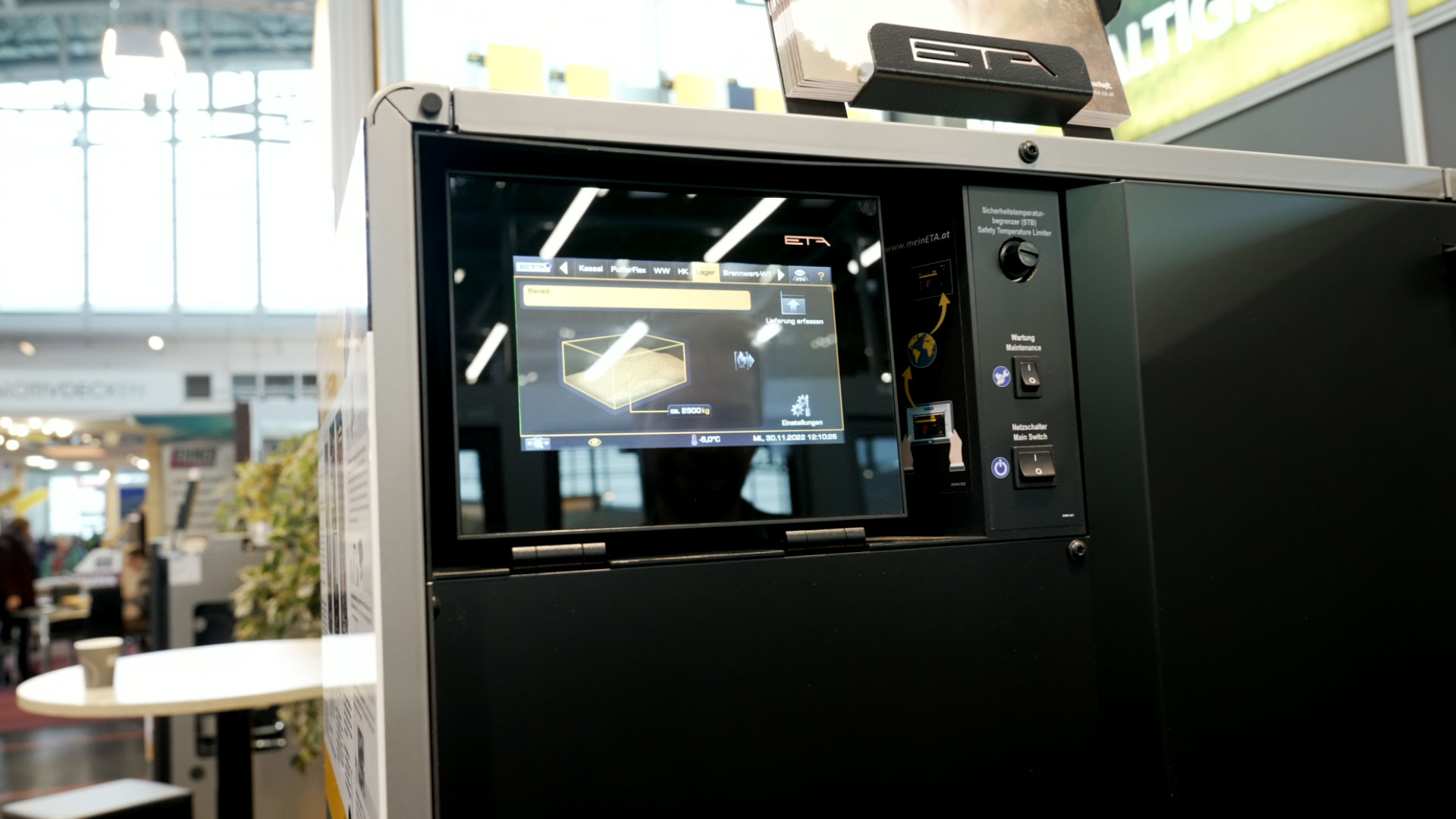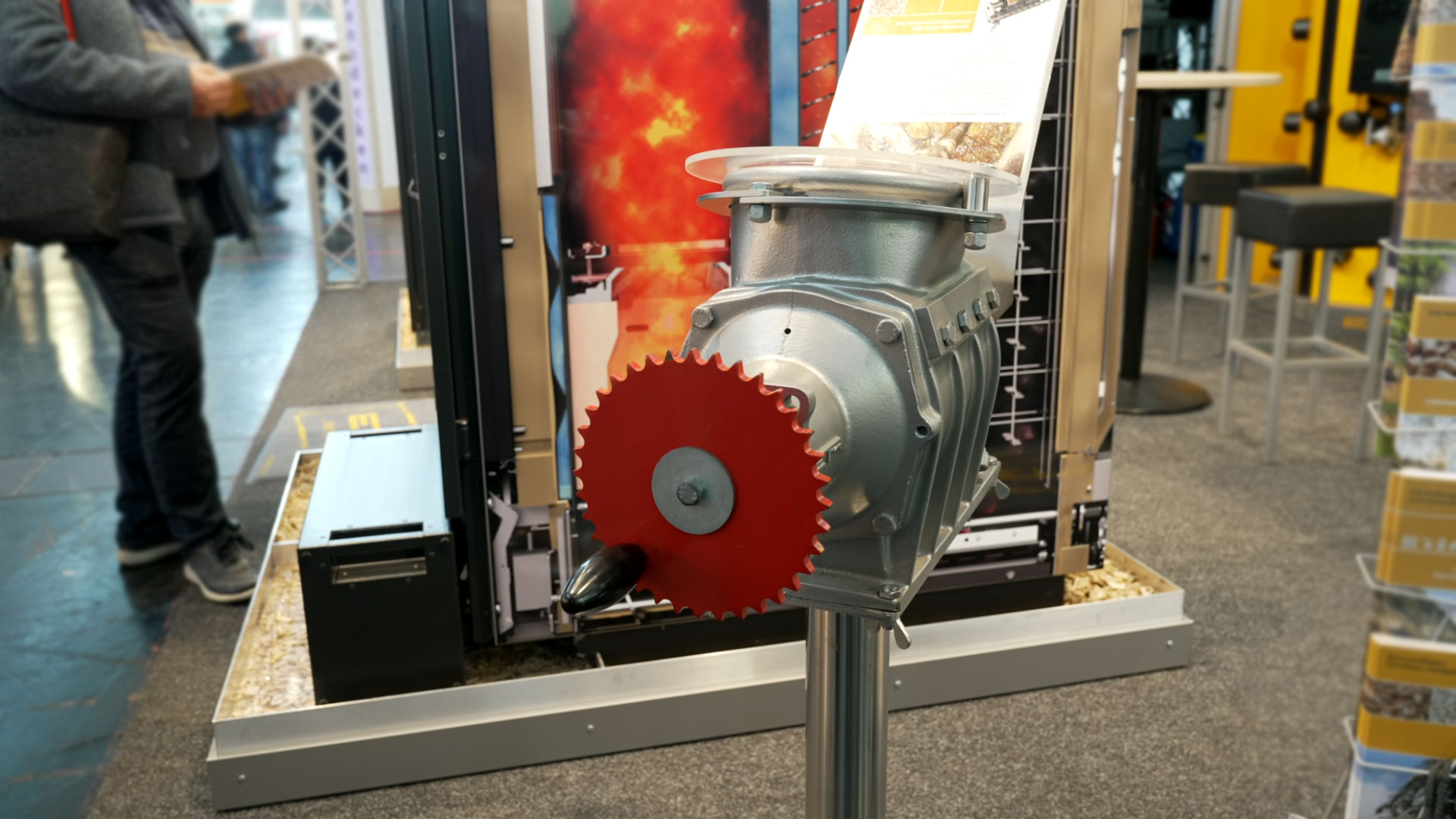Climate change is happening faster than hoped. Governments are acting too slowly and with a view to economic interests or public fears. It is clear that the use of fossil fuels contributes significantly to climate change and must be stopped as soon as possible. This not only creates a dilemma. The expansion of renewable energies is not progressing fast enough. Gas, oil and nuclear power are still needed. As the latter is considered "clean" and environmentally friendly at first glance, many countries want to invest massively in new nuclear power plants. However, the problem of final storage of old fuel rods and contaminated waste has by no means been resolved. Germany therefore wants to take a different approach.
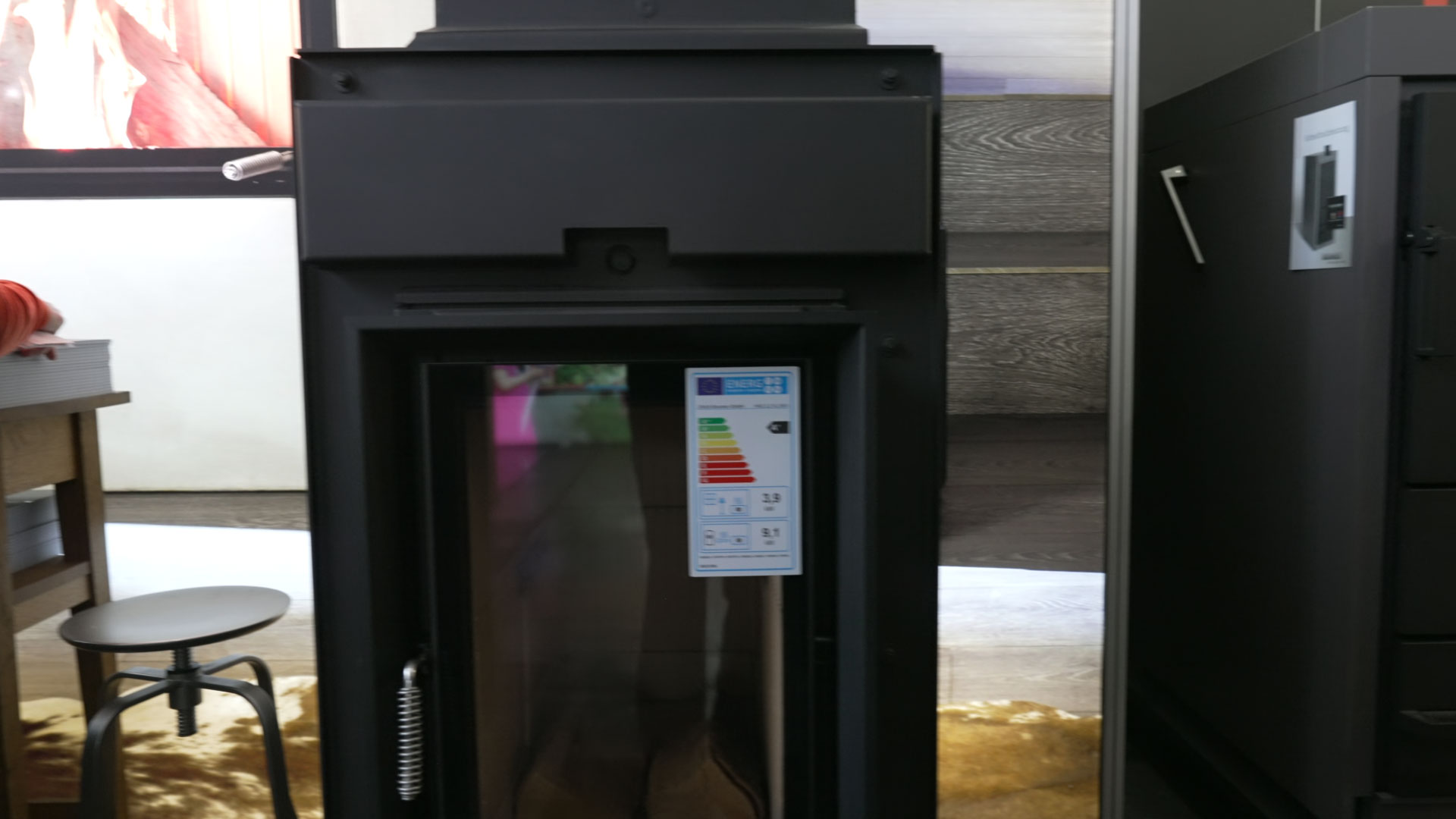

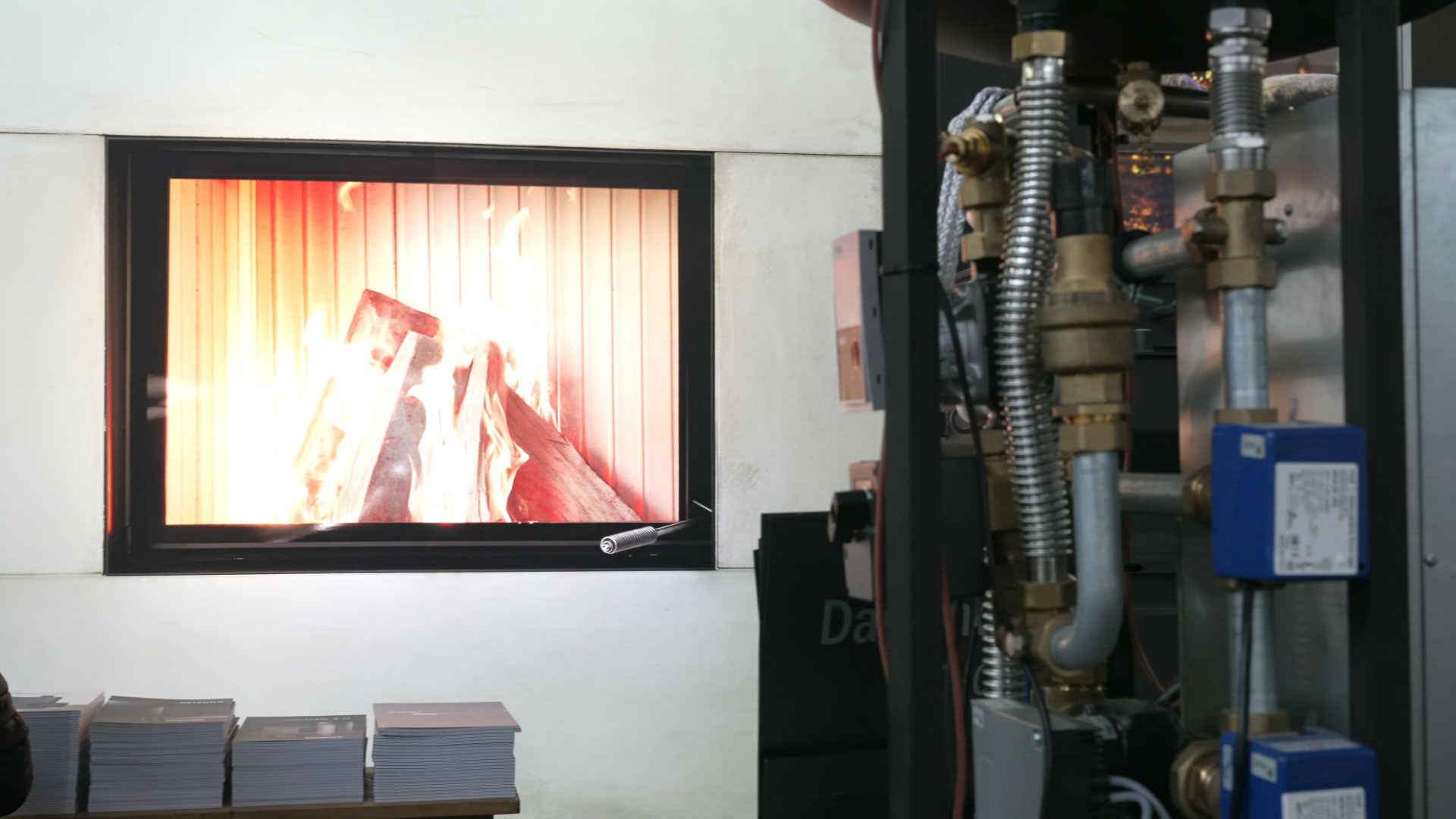
In addition to wind power plants, photovoltaic and solar power systems, Germany is increasingly focusing on the use of renewable energies. It has been proven that these are associated with lower CO2 emissions for the generation of heat. Not all renewable energies represent a permanent solution. However, they score highly in terms of sustainability, resource conservation and security of supply. They also promote German energy autonomy. As renewable energy sources such as wood are supposedly available in unlimited quantities and can be renewed through reforestation, they are considered sustainable. Let's take a look at how well you can heat with wood as a renewable energy source.
Fireplaces and stoves are currently booming. Stacks of firewood are piling up in many gardens and front gardens. Where heating systems need to be replaced, people are increasingly turning to pellet heating or heating with wood briquettes. However, the Federal Environment Agency offers a brochure on heating small combustion systems with logs for a reason. Heating with wood is more sustainable. But it is not always climate-neutral.
If insufficiently dried logs are burned in older small combustion systems without an automatic control option, the wood does not burn completely. This produces air pollutants such as fine dust and soot as well as climate-damaging substances such as methane or nitrous oxide. Methane emissions are even more harmful to the climate than CO2. When using wood to generate heat, there are therefore a number of things to consider in order to protect the environment and slow down climate change. For the time being, however, wood is indispensable as an energy source for heat supply. However, without sustainable forest use, which ensures the storage of CO2, and without modern wood heating systems, wood as a fuel will only be of use in the medium term. The Federal Ministry for the Environment, Nature Conservation, Nuclear Safety and Consumer Protection also points this out. So what about the benefits and effectiveness of tiled stoves, soapstone stoves or log boilers?
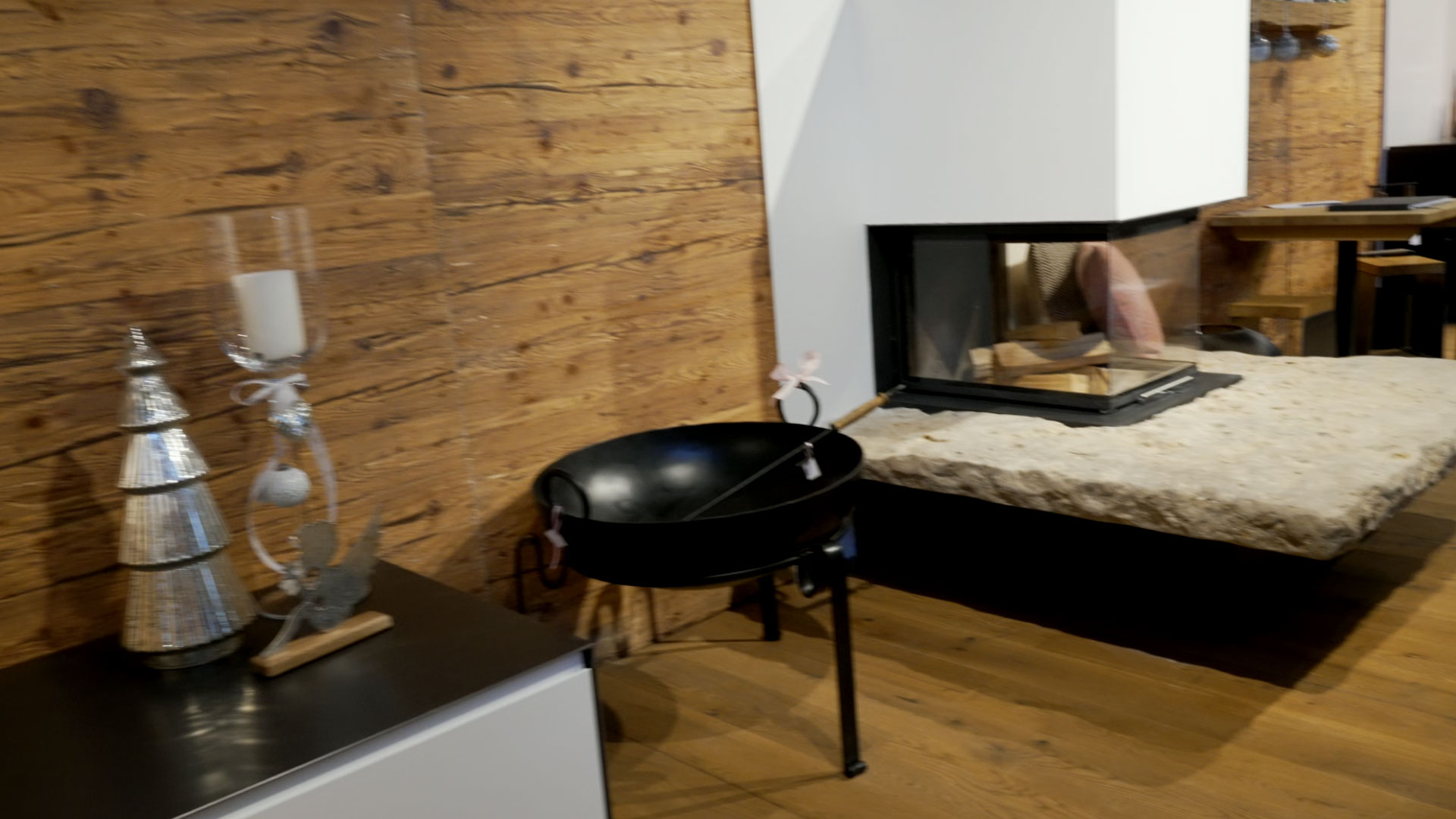
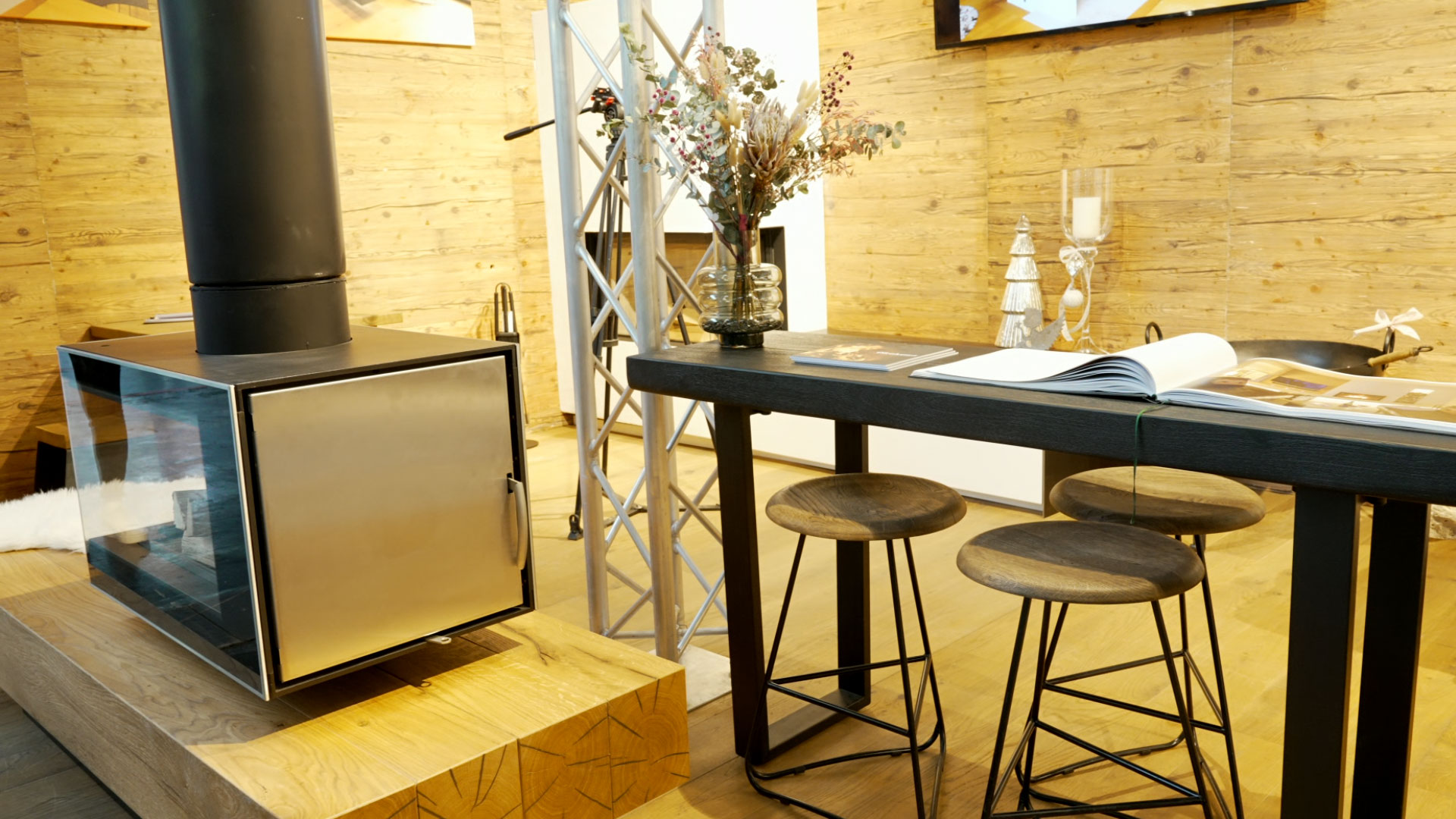
The good old tiled stove is currently experiencing a renaissance. However, you should opt for modern models. The so-called basic stoves achieve an efficiency of around 90 percent. Despite their advanced age, classic tiled stoves are pleasantly less harmful to the environment. Modern tiled stoves should be operated with suitable fuel. Construction, operation and fuel together make up a package that can be environmentally friendly in different ways. In addition to the classic tiled stoves, there are also warm air and combination tiled stoves. The latter can also be heated with wood pellets using a heating insert in the warm air stove. However, a warm air tiled stove is problematic from an environmental point of view. The fine dust produced during combustion is emitted into living spaces. Ultimately, therefore, it depends on the type of construction as well as how and with what tiled stoves are operated.
The fact is that construction and operating errors can lead to increased pollutant emissions, as can wood that is too damp. Sufficiently dried logs, untreated wood pellets, brushwood or wood chips are comparatively environmentally friendly and low in emissions. A soot filter should be installed or retrofitted. If a tiled stove cannot be retrofitted with a soot filter, it must be shut down. It is also advisable to seek advice on firing and correct operation of the tiled stove and to have the emissions checked annually by the district chimney sweep.
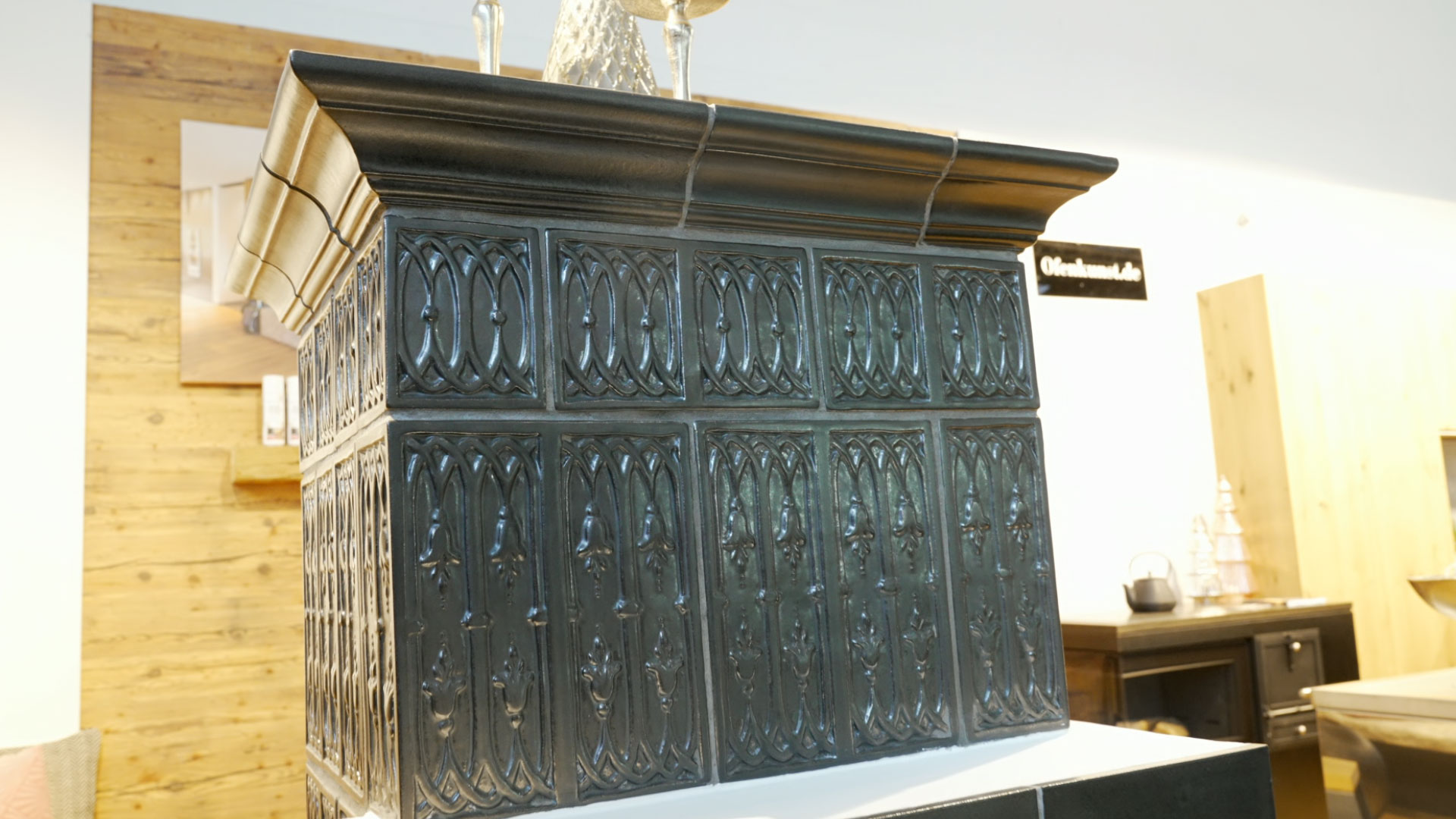
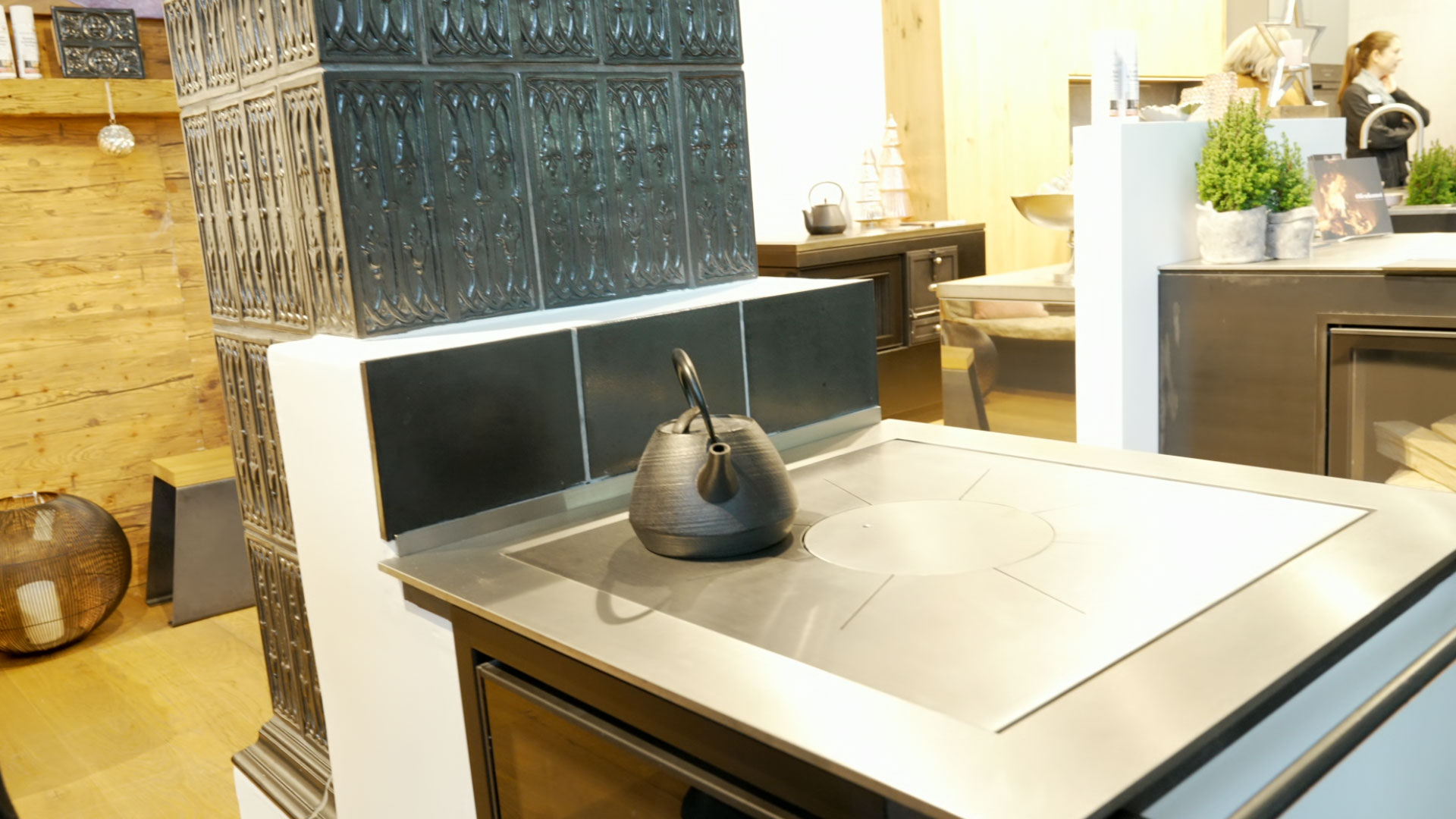
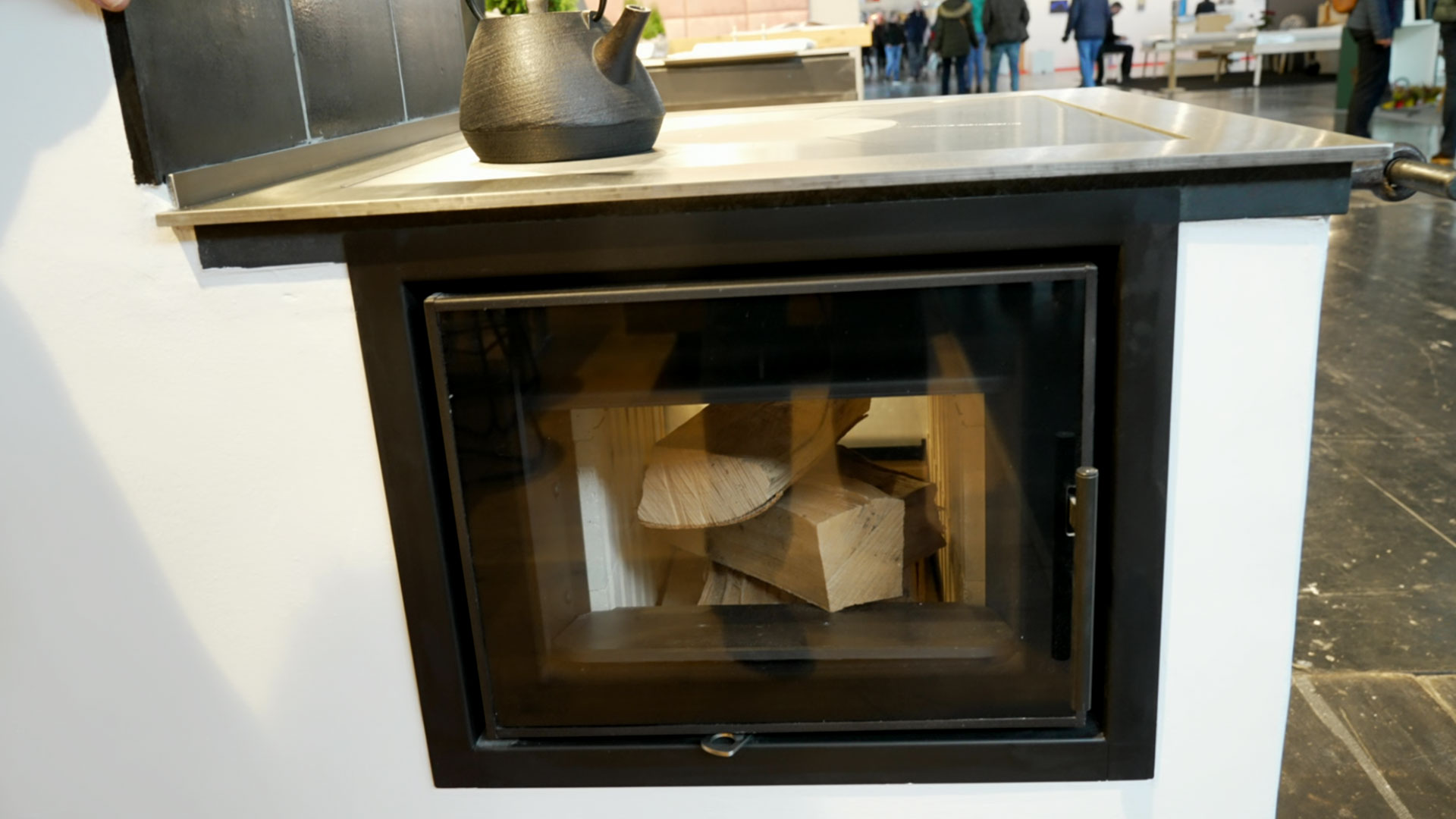
Soapstone stoves provide pleasant radiant heat. The advantage of this type of stove is that it radiates heat for a very long time after a warm-up time of two hours. It does not heat up immediately during the heating-up process. However, the soapstone casing can store the thermal energy from the burnt wood. It only gradually releases it into the room air. Soapstone fireplaces are a special type of basic stove. Even when the fire inside has long since gone out, the soapstone stove heats the room for hours. Thanks to the design of soapstone stoves, the wood burns cleanly and with low emissions. If the soapstone stove is to be started, a sufficient amount of plywood is stacked crosswise on top of each other. However, no more logs can be added while the wood is burning. The wood is ignited using a kindling module
One of the disadvantages of soapstone stoves is their heavy weight. It puts a strain on the statics. One solution could be to equip wood-burning stoves with soapstone heat accumulators inside the stove. This requires suitable brackets in the combustion chamber. Alternatively, stoves could be retrofitted with a soapstone casing. However, this changes their appearance and weight. However, it increases the efficiency of the stove. The mineral heat accumulators in a soapstone stove store the heat for hours. Hardly any air pollutants are produced by the upper combustion. The investment costs are estimated at 1,000 to 5,000 euros.
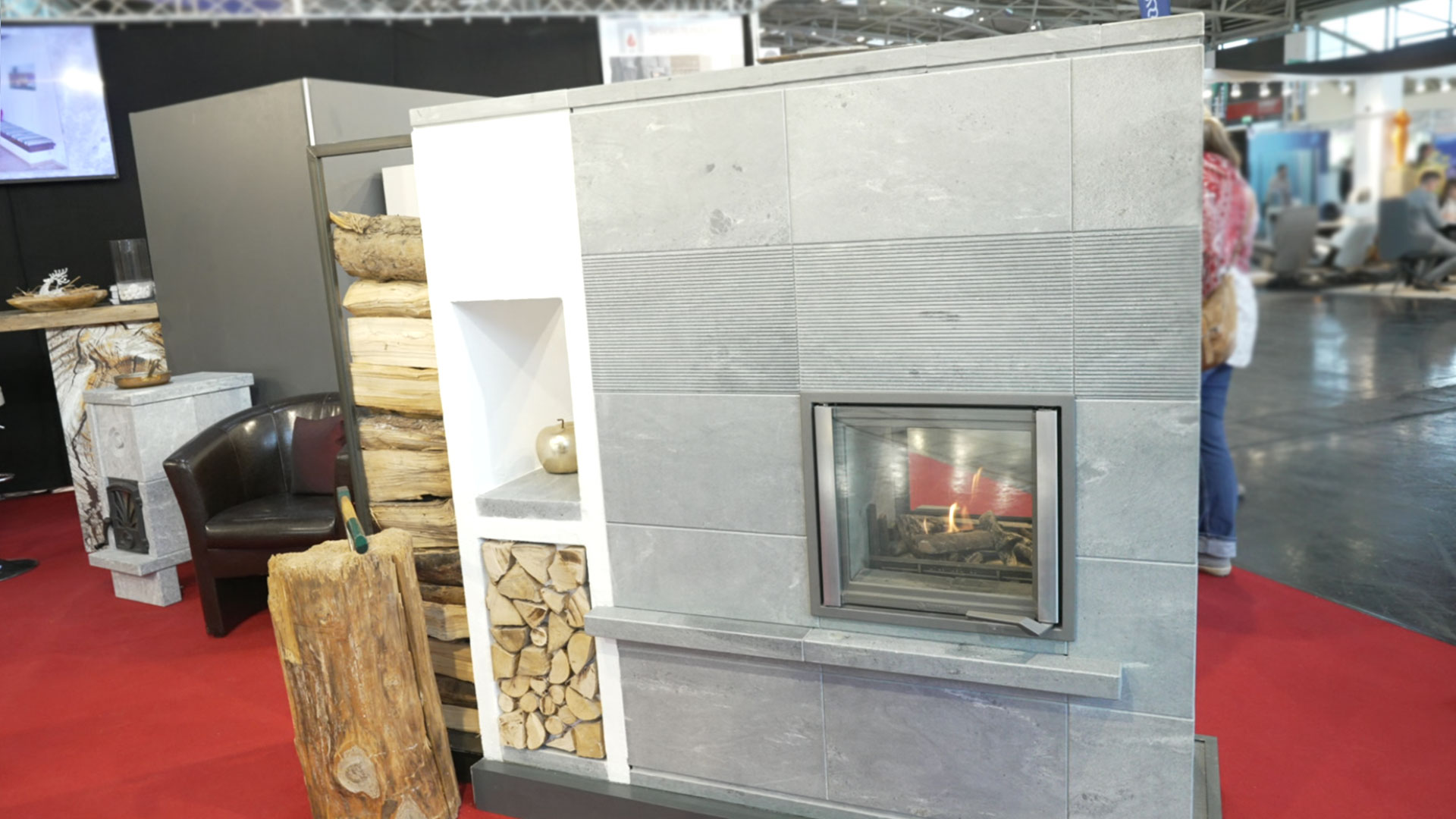
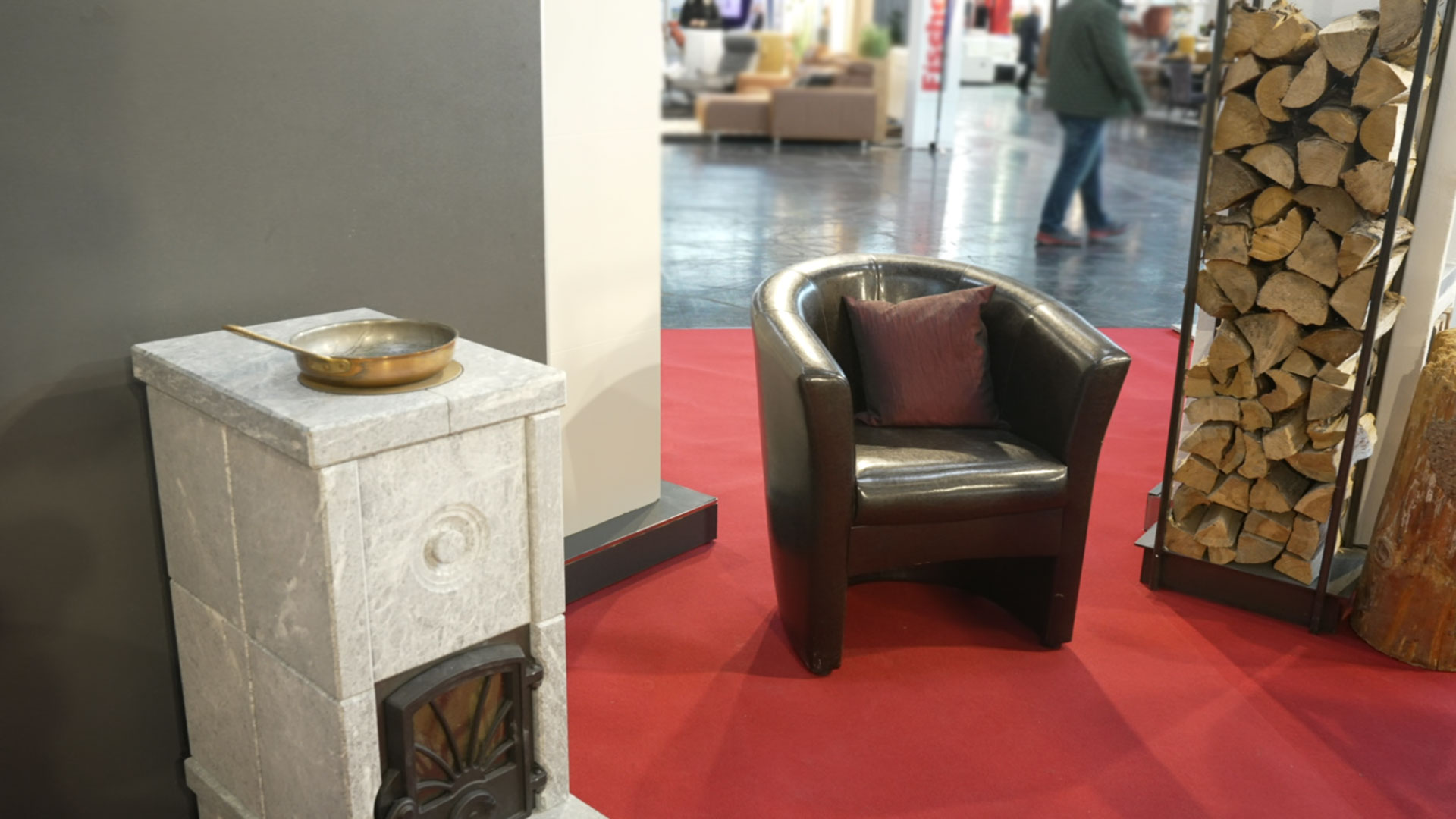
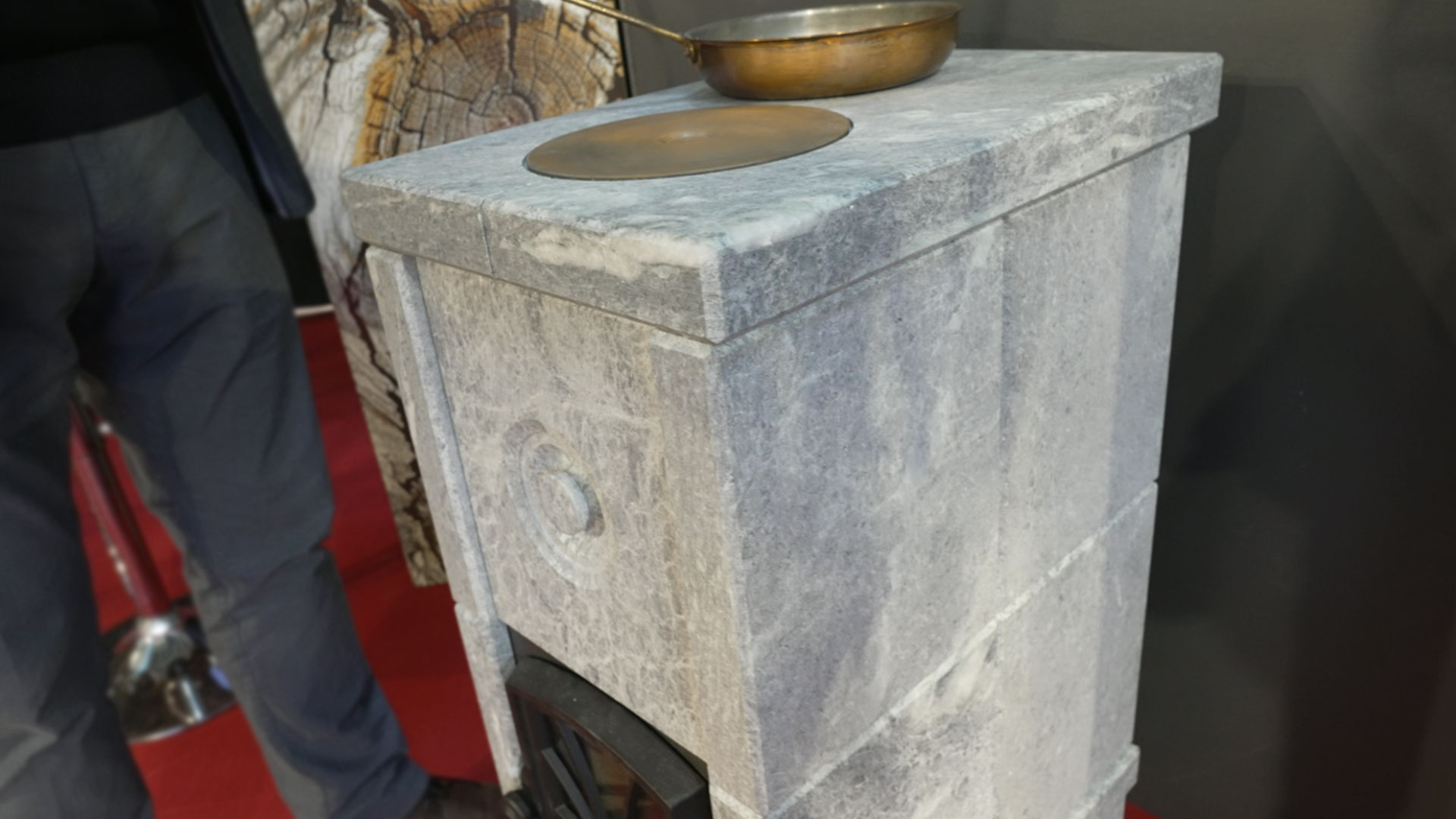

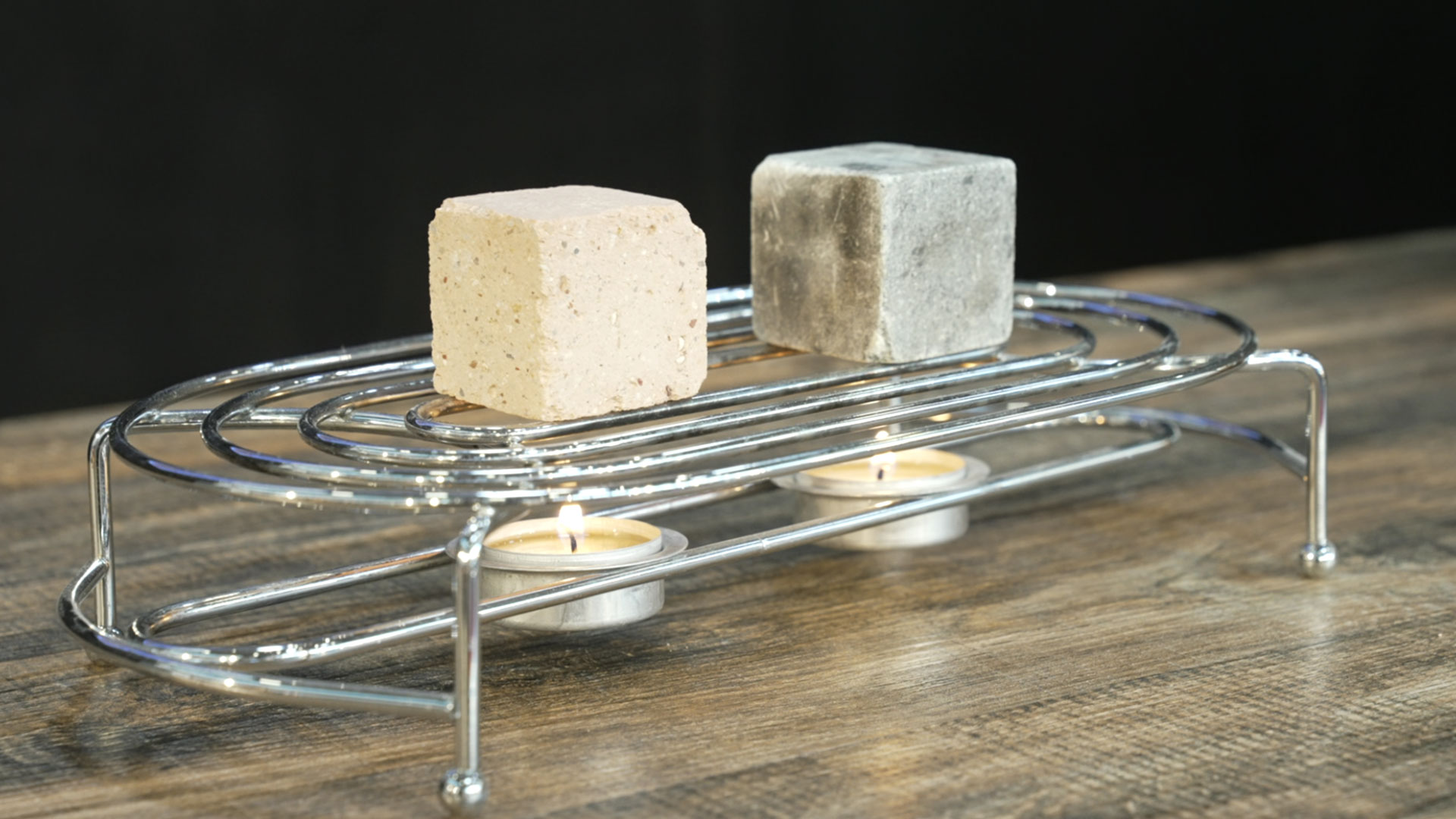
Log boilers are solid fuel boilers. They are also known as wood gasification boilers. Only logs are burned. Some models can also be fired with wood briquettes or residual wood. Some modern log boilers are equipped with an oil burner connection. Some models are suitable for burning both logs and wood pellets. While the firewood burns all at once in conventional fireplaces, in log boilers it burns from below. Log boilers contain a wood gasifier as the top chamber. The logs are stacked in this chamber. This is where the so-called pre-combustion takes place. The main combustion takes place in the second combustion chamber at temperatures of up to 1,000 degrees Celsius.
The advantages of log boilers are their clean combustion process and high efficiency. This can be over 90 percent. In contrast to soapstone stoves, wood can also be added while the log boiler is in operation. Ignition is automatic. Burning paper and other materials in a log boiler increases emissions and system wear. The relatively high purchase costs for log boilers can be cushioned with subsidies. The high space requirement for firewood must be taken into account.
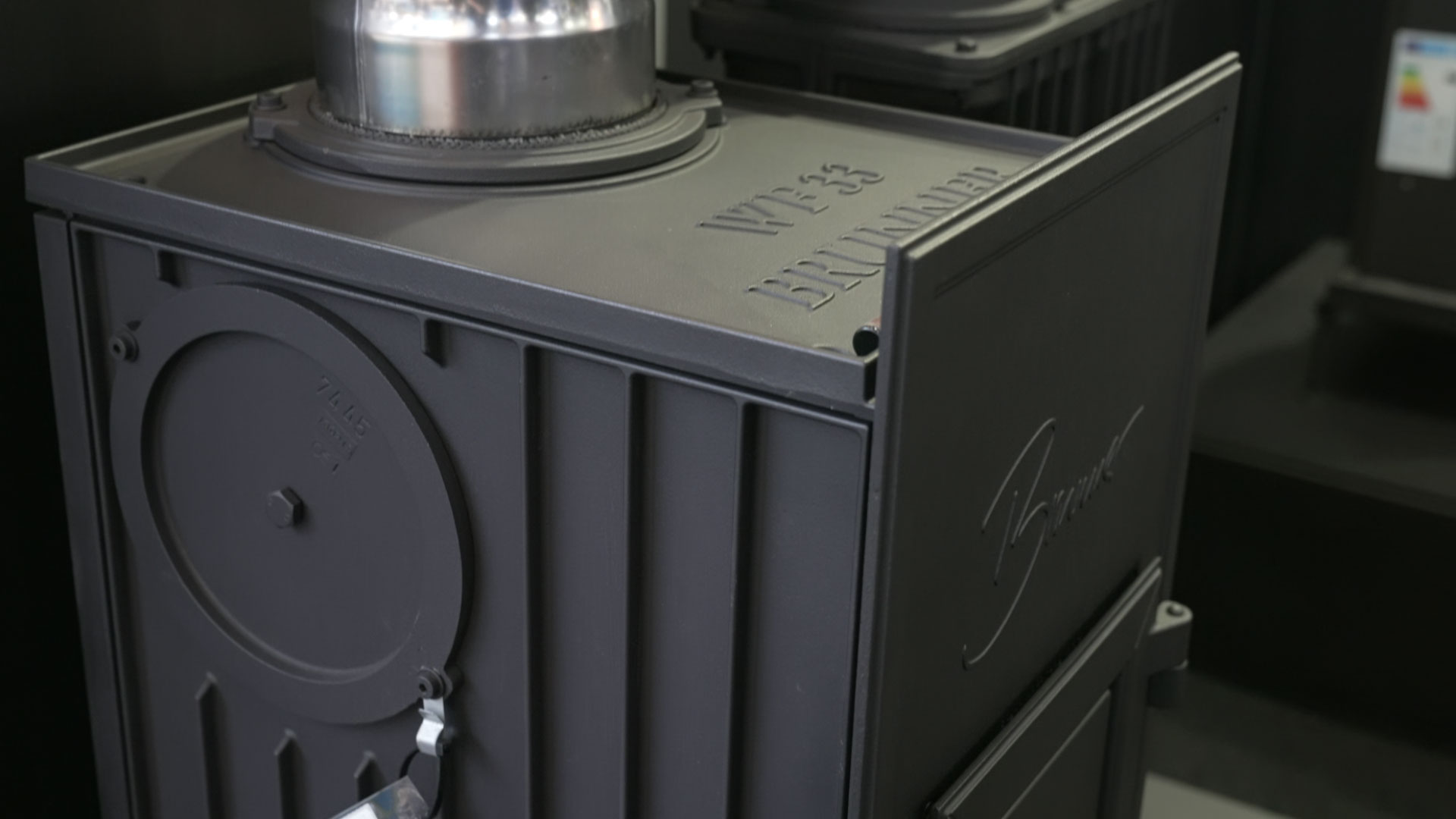
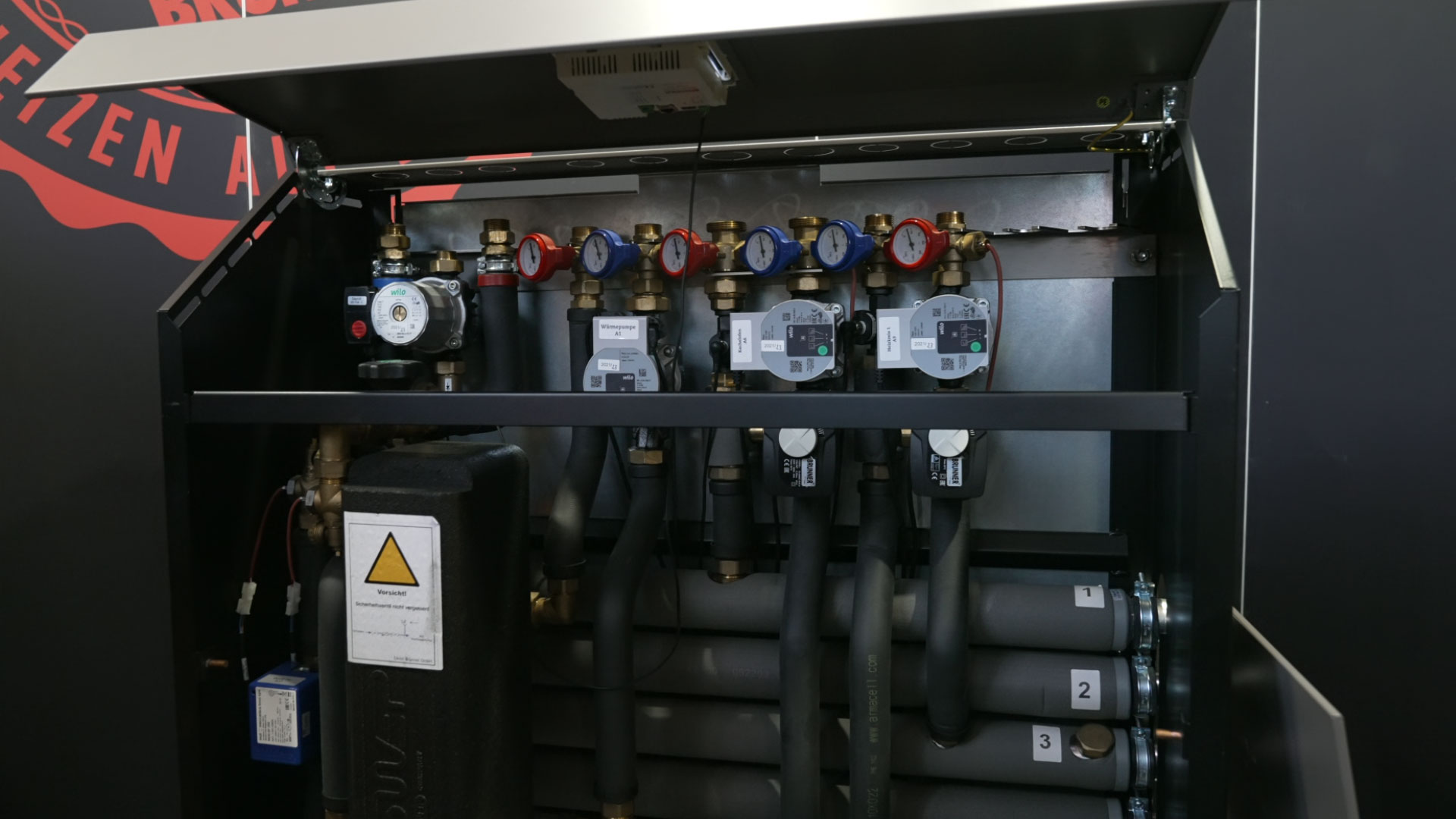
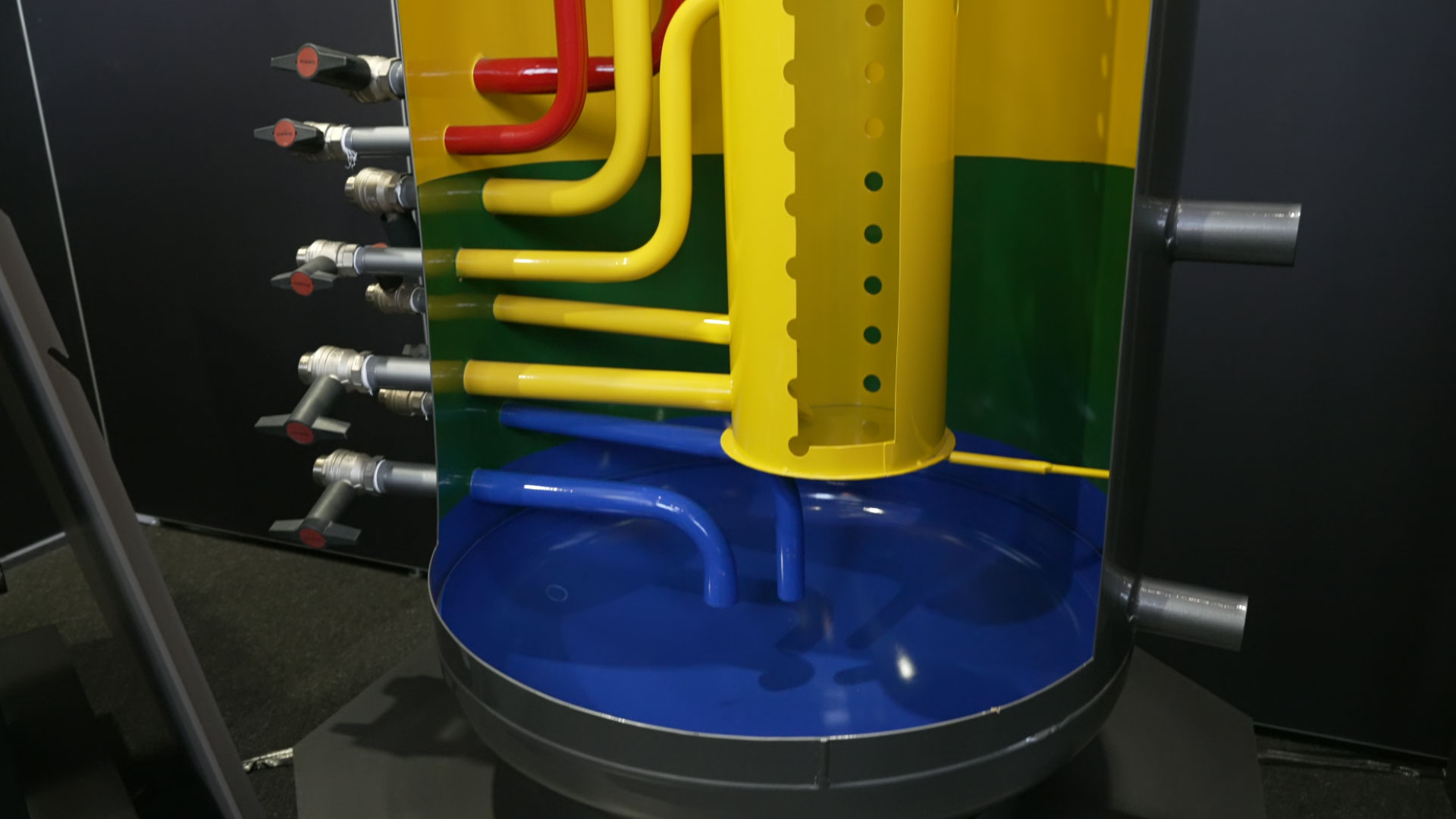
Pellet heating systems are seen as future-proof and environmentally friendly. However, the installation of pellet heating systems is to be more strictly regulated from 2024. The additional use of solar thermal energy or photovoltaics is planned. In addition, according to the new Building Energy Act (GEG) 2024, a buffer storage tank must be implemented. Despite these requirements, pellet heating systems are popular. In contrast to logs, which have to be stored for three years in different stages of drying, pellet sacks require less storage space. Above all, wood pellets are already so dry that they can be burned immediately.
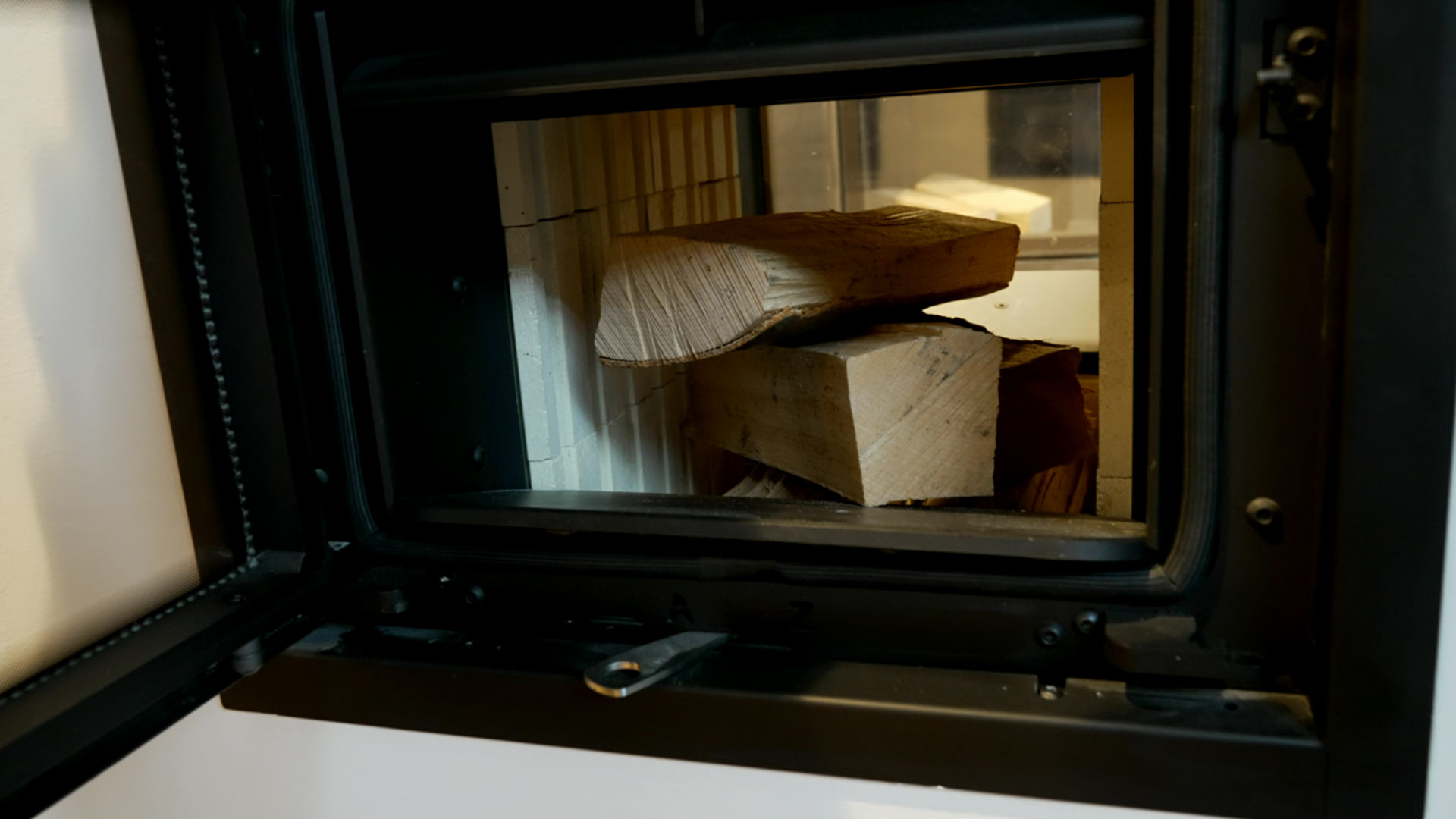
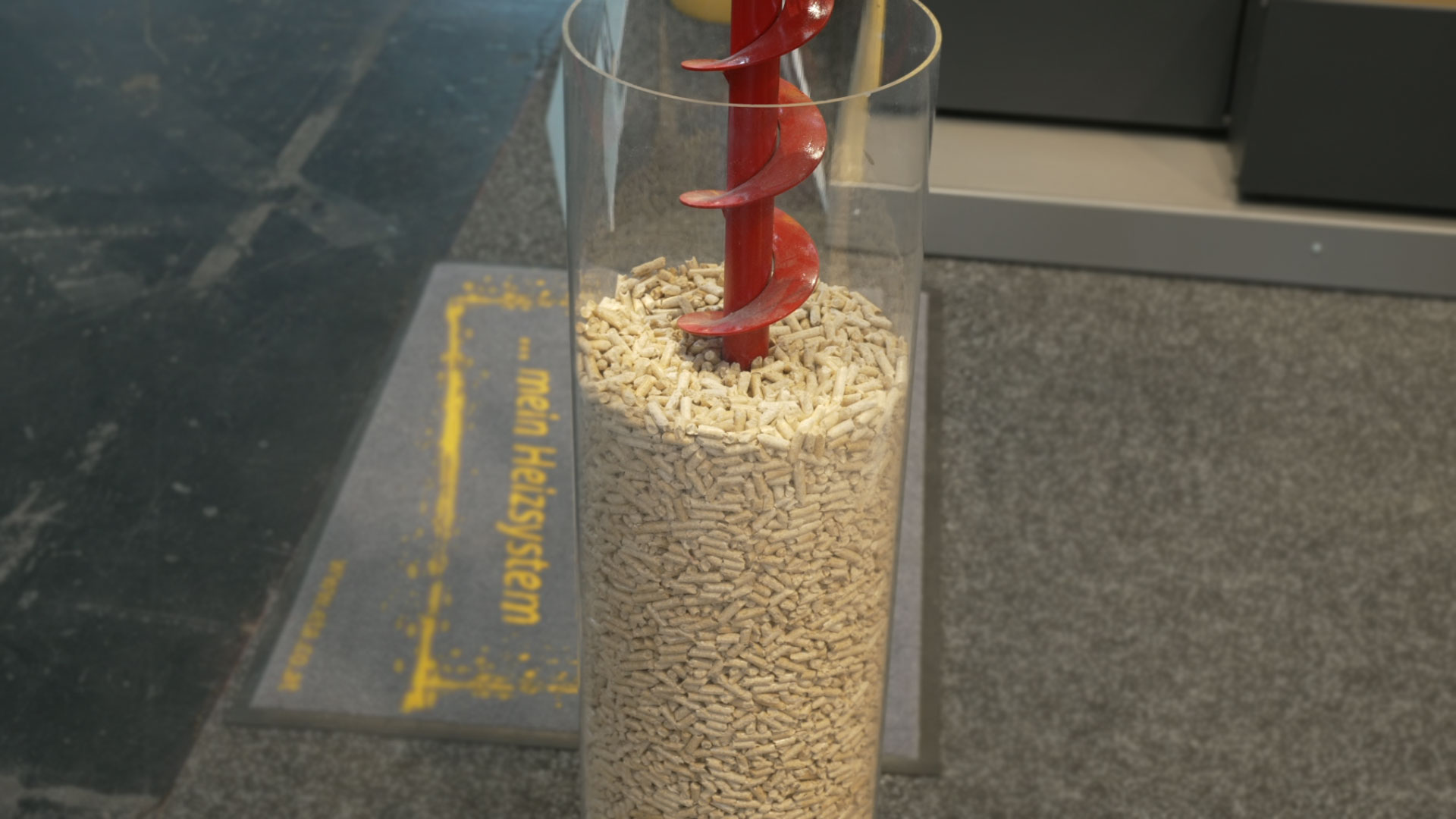
Wood pellets are regarded as climate-friendly fuels in Germany. They are equated with renewable energies. It is advertised that wood pellets are CO2-neutral because they only release the exact amount of CO2 that they had stored during wood growth. This is how the "German Pellet Institute" advertises. These claims are contradicted by scientific studies that take a critical view. The Federal Environment Agency also warns of fine dust emissions. Meanwhile, the trade has been able to achieve pleasing sales figures with the sale of pellet heating systems and wood pellets from sustainable forestry. However, pellet heating systems do not appear to be as climate-neutral as advertised. Possible health risks cannot be dismissed out of hand either. Scientists argue that the combustion process for wood pellets releases all the CO2 that has been stored in the wood for many years in one go.
In addition, the combustion process produces further environmental pollution from soot, nitrogen oxides, particulate matter and other substances. If wood pellets were not burned, the climate balance would be better. But that cannot be an argument for continuing to burn coke, oil or gas. Another argument against pellet heating systems is the increased loss of forest substance. German forests are already severely damaged by storms, drought, pest infestation and acid rain. In addition, the reforestation of forests takes years or even decades. Adaptation to climate change also requires the establishment of more robust tree species that grow more slowly. Wood as a fuel can therefore only be considered climate-neutral under certain conditions. Taking such arguments into account, pellet heating systems can indeed be a solution. However, a mandatory combination with climate-friendly energy sources such as solar energy or photovoltaics makes sense.
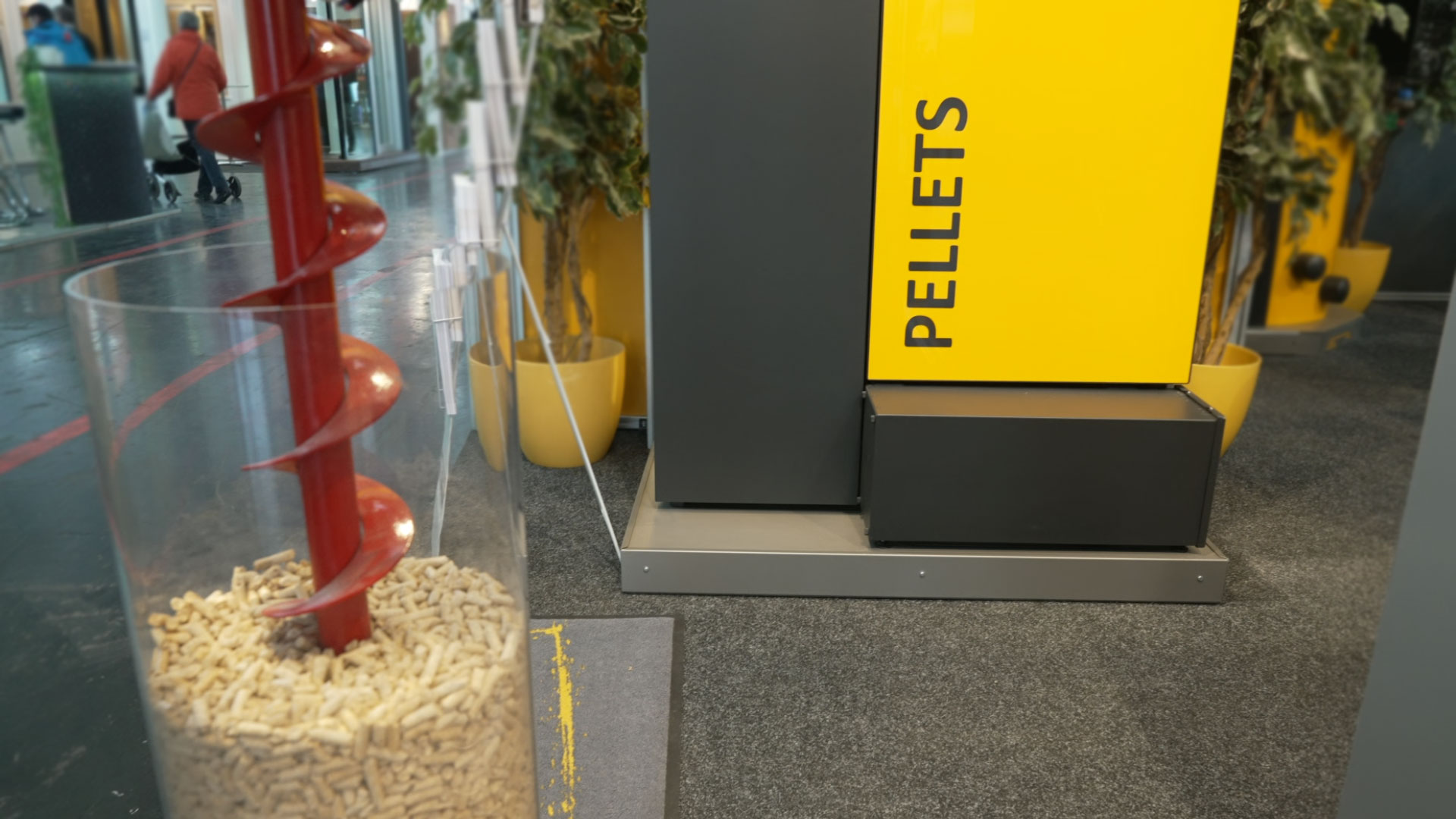
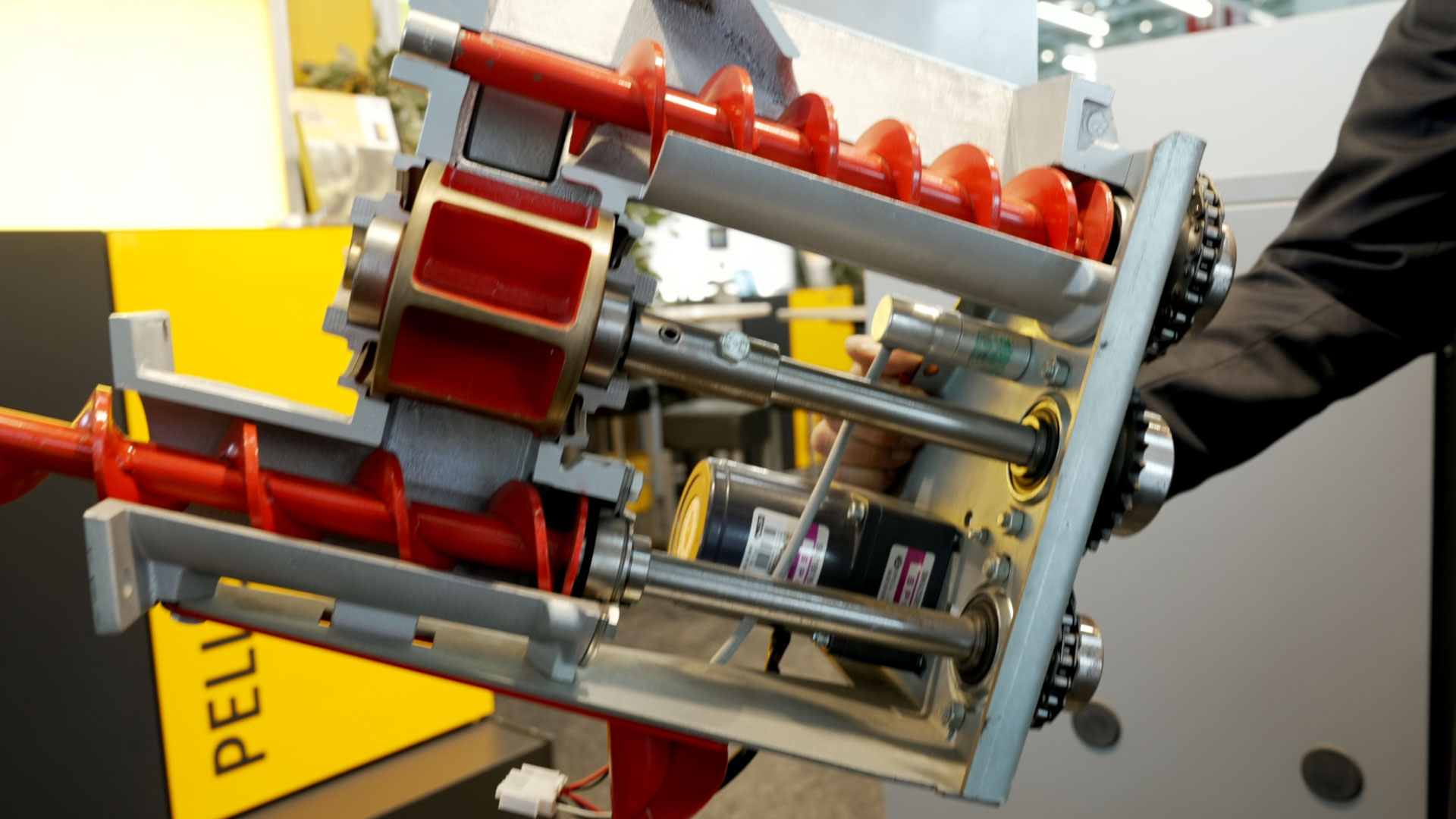
Should we do without pellet heating now? Not necessarily. If a few things are taken into account, pellet boilers will continue to perform well. Pellet boilers that are more than 15 years old should be replaced with more compact and efficient boilers. The additional costs pay off due to higher efficiency and lower solid fuel consumption. It is important to invest in a pellet heating system with efficiency class A++, which has low pollutant emissions. At the same time, the insulation should be improved so that as little heat as possible has to be generated by the pellet heating system. This saves CO2 and costs. A dust separator should also be installed. This effectively reduces fine dust emissions. In future, new buildings should be heated entirely with renewable energies. As soon as wood is burned, environmentally harmful emissions increase. This must be avoided in future.
Instead, tenants and homeowners need to think more about insulation measures, window replacement, the use of solar panels, better ventilation concepts or the elimination of thermal bridges. It is also worth optimizing older pellet heating systems. Regular maintenance of the pellet heating system is mandatory anyway. Wood pellets should be purchased from regional dealers to avoid long transportation routes. They should come from sustainable forestry and be certified accordingly. Caution: Wood pellets emit carbon monoxide in the storage room. The concentrations of carbon monoxide are particularly high during the first four weeks of storage. Pellet stores must therefore be well ventilated. A CO detector in the anteroom of the storage room is advisable.
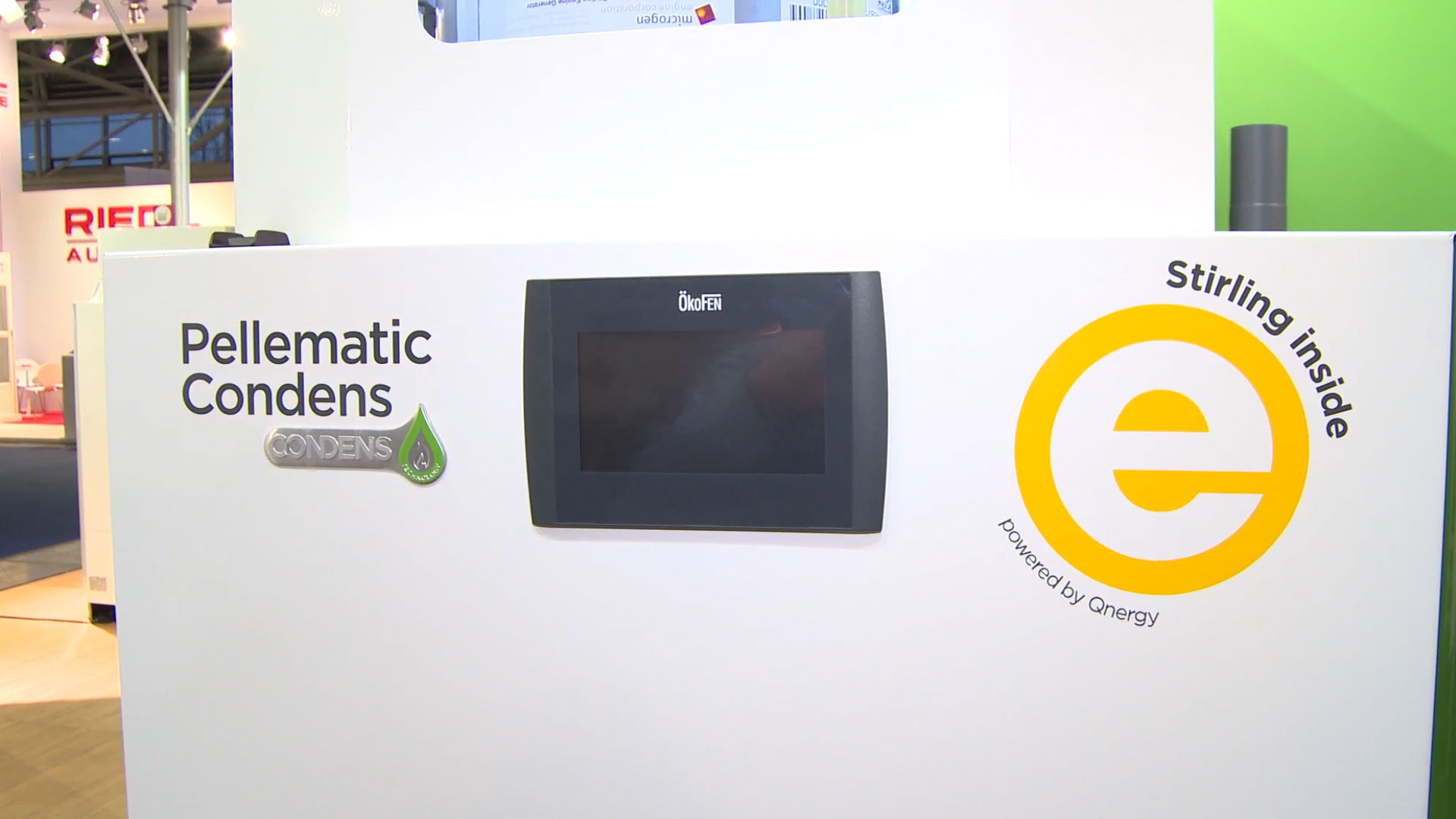
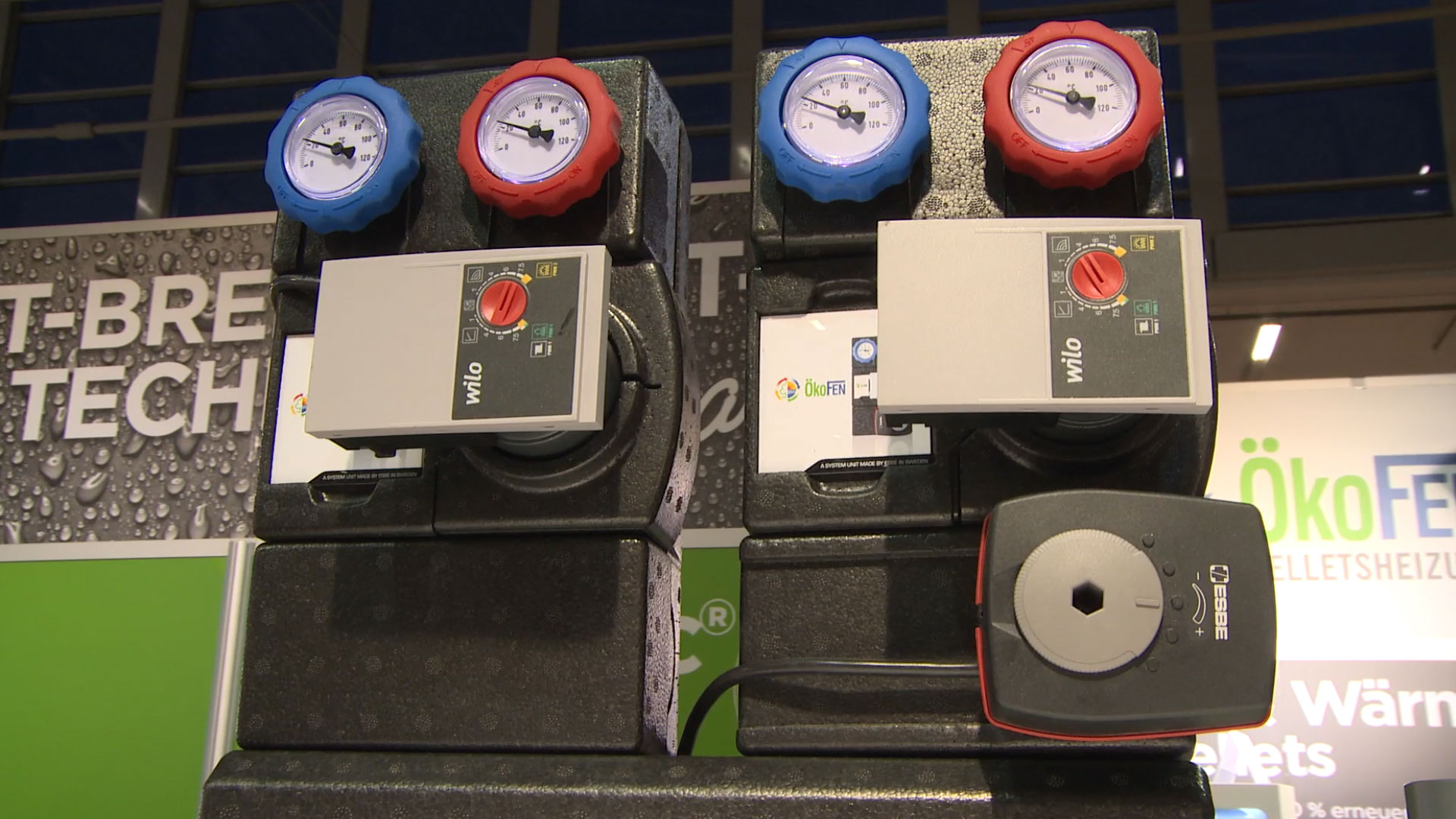
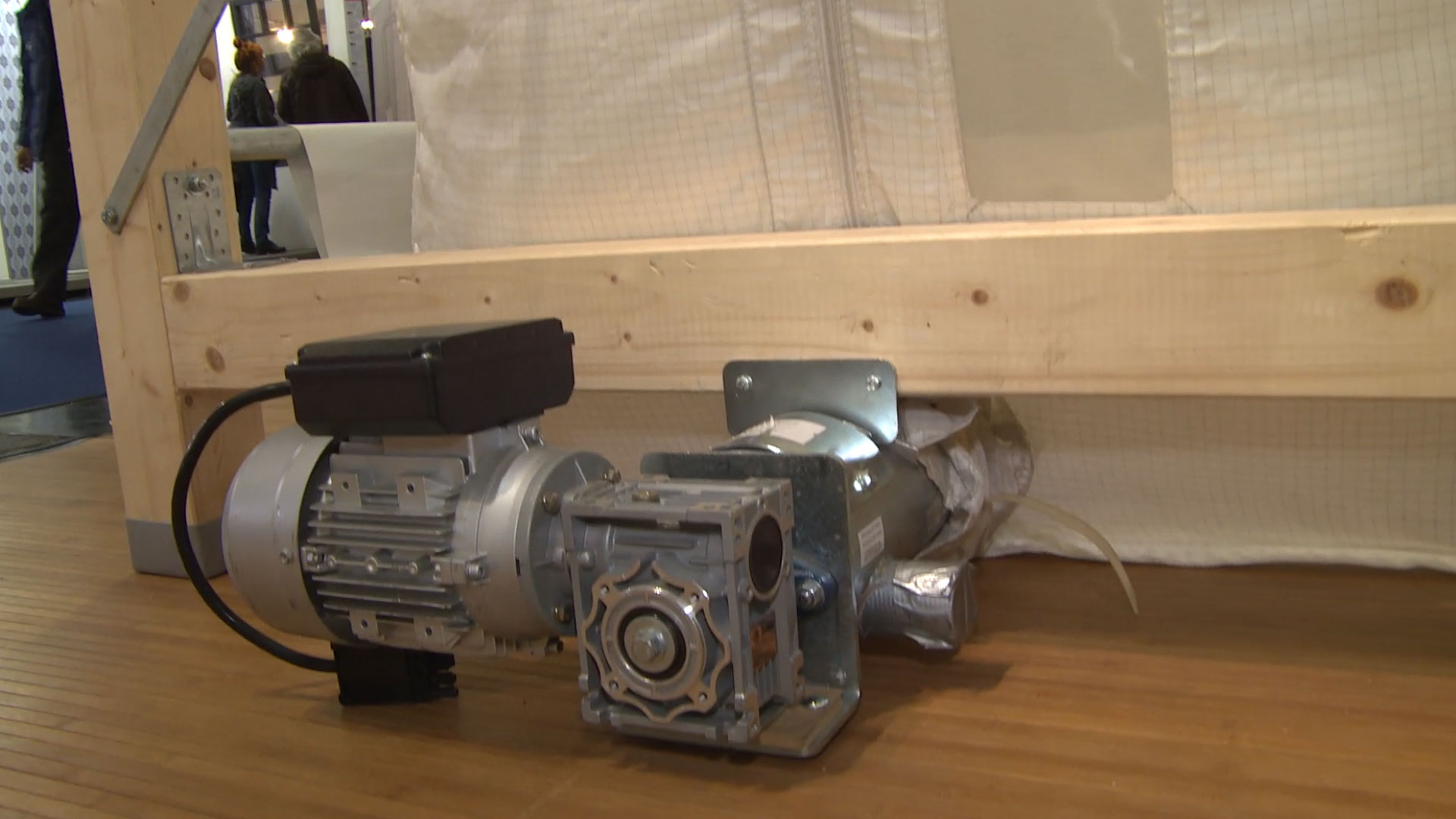
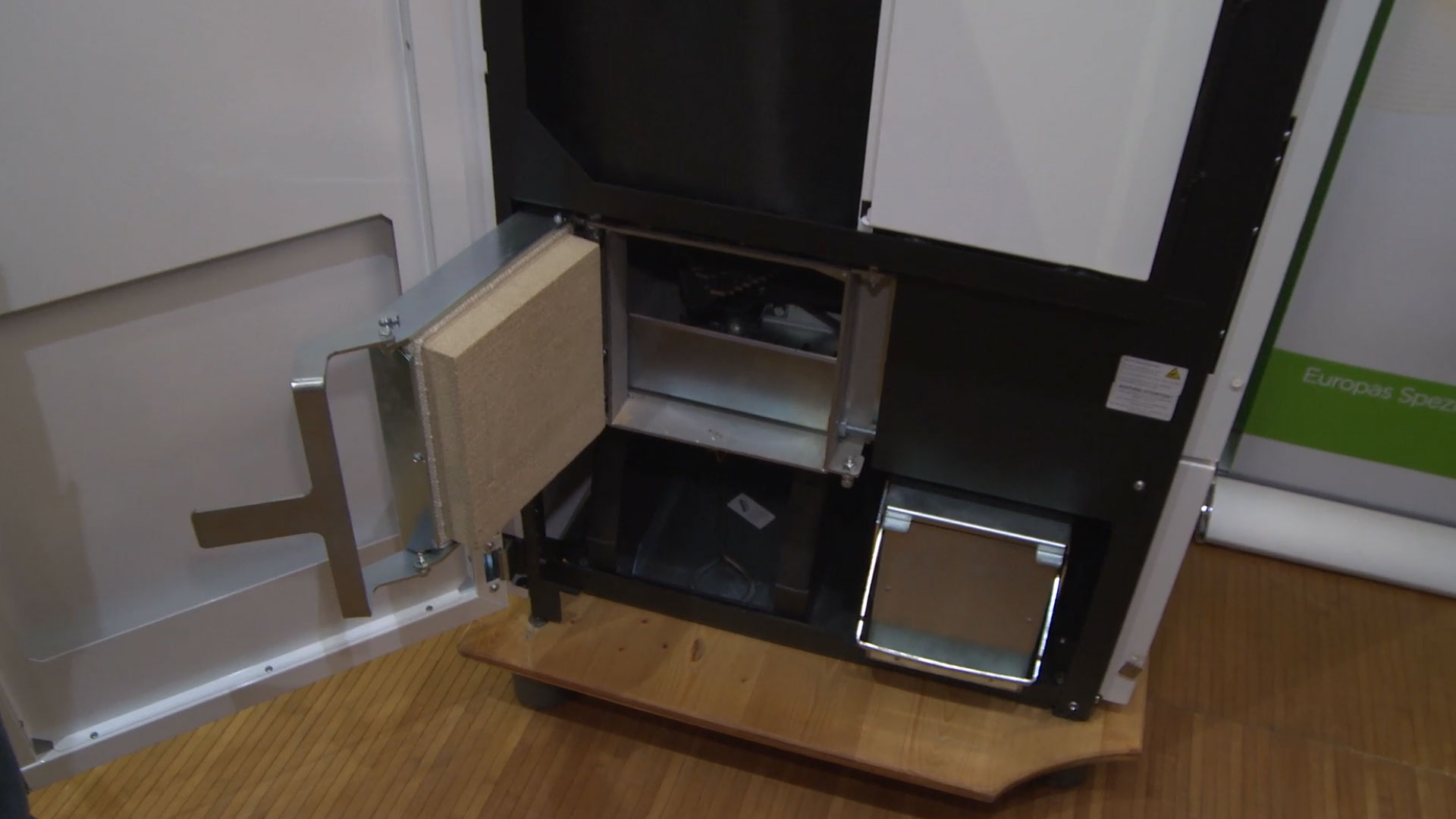
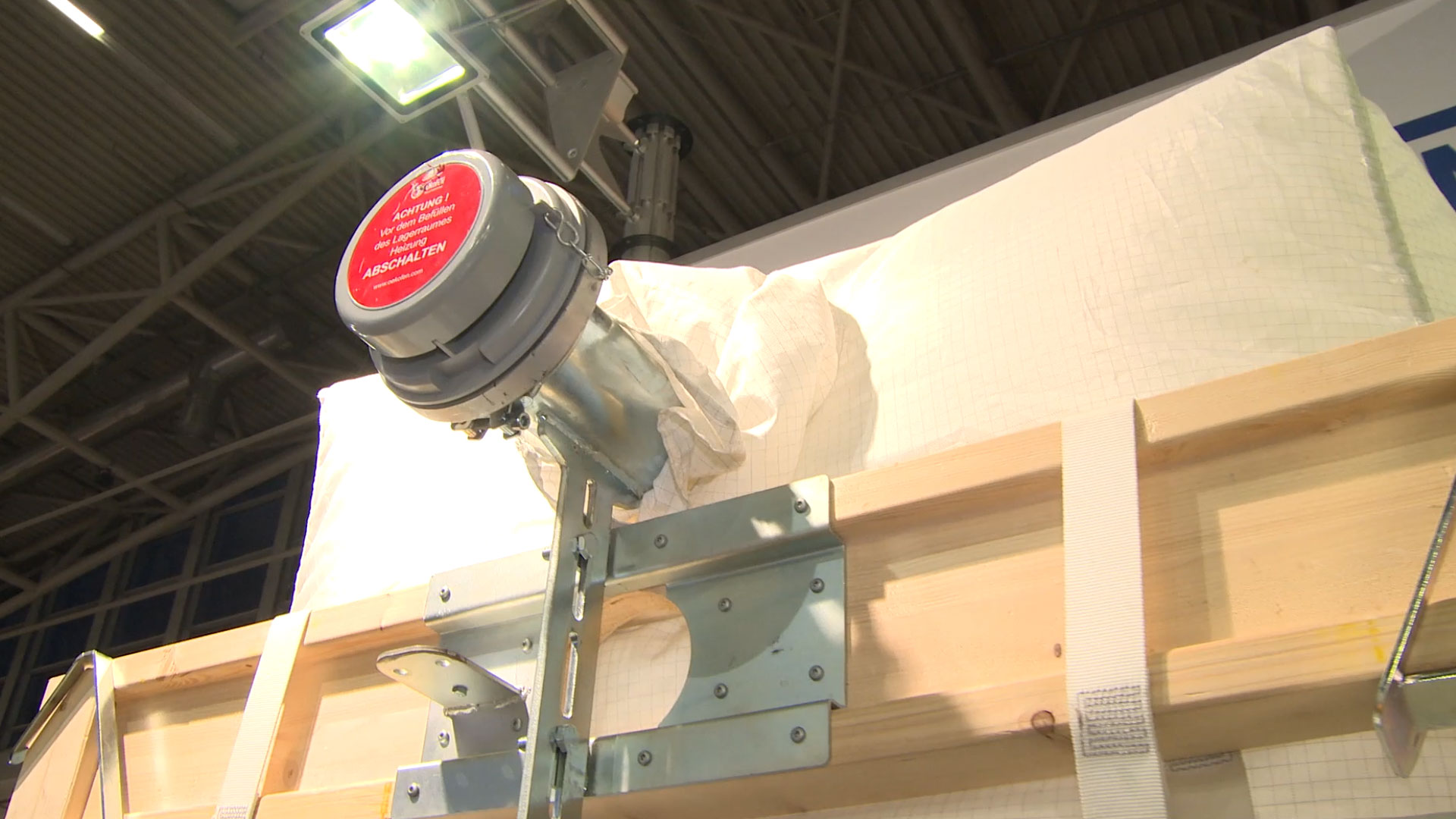
Modern pellet condensing boilers are usually in efficiency class A++, while simple pellet boilers only achieve efficiency class A+. Condensing technology proves to be the most efficient solution when it comes to pellet heating. The higher utilization of pellet energy also saves costs. Another argument in favor of a pellet heating system with condensing boiler technology is the high level of subsidies available.
Pellet condensing boilers are more efficient because not only the combustion energy is used for heating. The flue gas heat is also used. Fuel savings of up to 15 percent can be achieved as a result. Ideally, an efficiency of almost 100 percent can be achieved. Ideally, this form of pellet heating is used in conjunction with wall or underfloor heating. Pellet condensing boilers are an economic gain, while keeping environmental emissions low.
